In Flow Control Loop, Trace the path of current in the loop diagram signal wiring, then determine voltage drops at the respective flow rates. Examine the following loop diagram:
Loop Diagram
Trace the path of current in the signal wiring, then determine the following voltage drops at the respective flow rates. Assume a power supply voltage of exactly 24 volts DC:
Voltage across FY-14 resistor = __________ ; Flow rate = 100 GPM
Voltage between terminals TB40-3 and TB40-4 = __________ ; Flow rate = 200 GPM
Voltage across FT-14 transmitter terminals = __________ ; Flow rate = 175 GPM
Voltage between terminals TB64-8 and TB27-15 = __________ ; Flow rate = 200 GPM
Solution:
Voltage across FY-14 resistor = 2.6 volts ; Flow rate = 100 GPM
Voltage between terminals TB40-3 and TB40-4 = 19.8 volts ; Flow rate = 200 GPM
Share Your Answers for the remaining questions.
Credits: Tony R. Kuphaldt
Read Next:
- Flow Meter Questions
- Loop Diagram Questions
- 4-20 mA Current Loop
- Pressure Control Loop
- Flow Control Loop
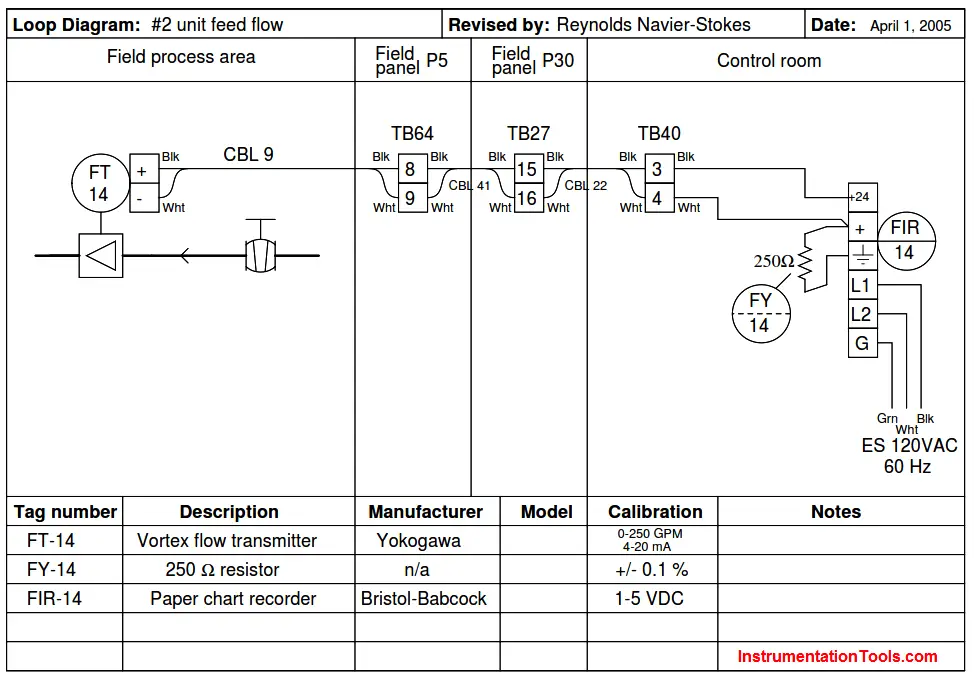
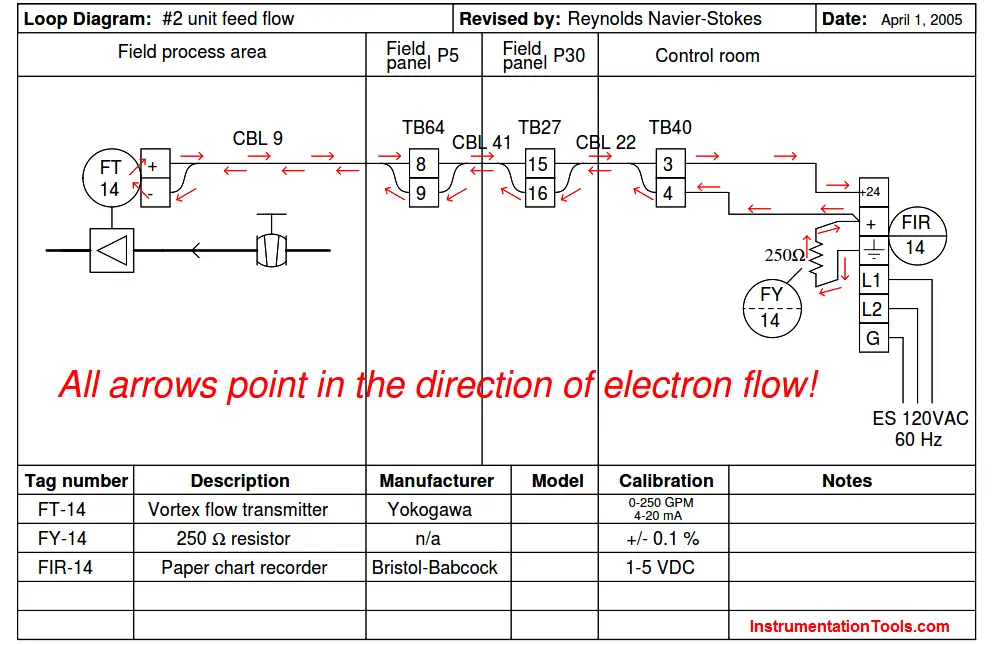
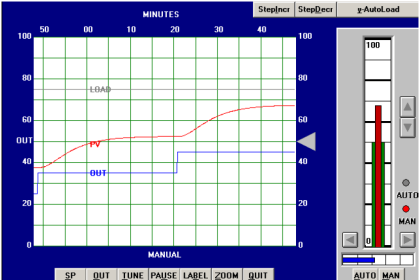
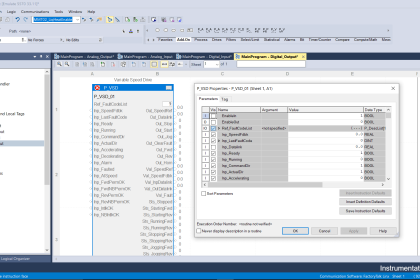
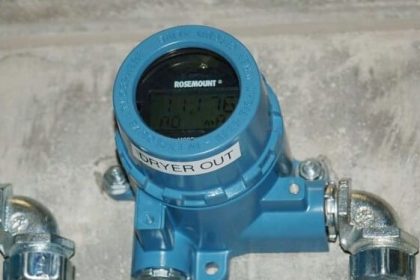
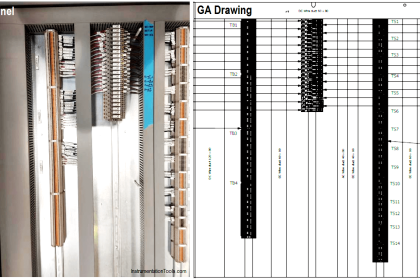

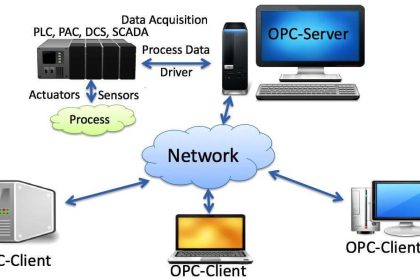

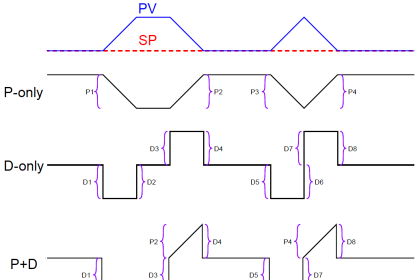
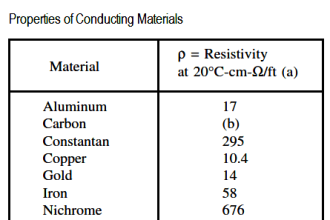
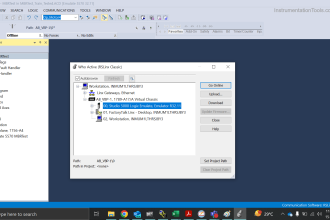
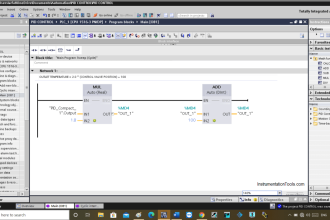
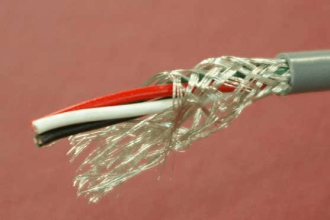

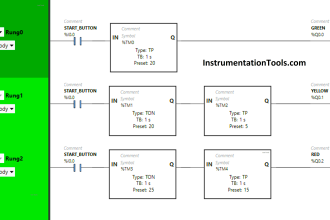
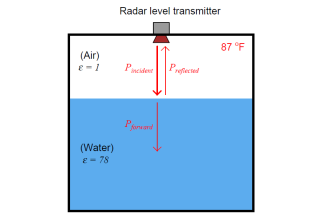
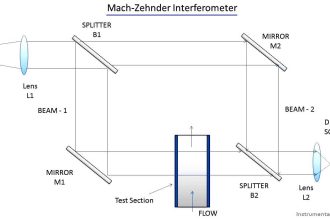

How voltage across fy-14 is 2.6 volts at 100gpm can your ellaborate please???
My mail id engtarique451@gmail.com or whatsapp no. +96660330861
I dont know how it came please reply me
From the diagram, the flow transmitter range is 0 to 250 gpm
Now Calculate the loop current at 100 gpm, it is 10.4 mA
Calculate Voltage, V = I.R = 10.4mA x 250 = 2.6 v
You can use this online calculator: https://instrumentationtools.com/instrumentation-calculator/
Voltage across FY-14 resistor = __________ ;
Voltage between terminals TB40-3 and TB40-4 = __________ ;
Voltage across FT-14 transmitter terminals = __________ ;
Voltage between terminals TB64-8 and TB27-15 = __________ ;
if 80 GMP. thank you.
I need a sample.
Voltage across FY-14 resistor = 2.6 Volts ; Flow rate = 100 GPM
Voltage between terminals TB40-3 and TB40-4 = 24 volts ; Flow rate = 200 GPM
Voltage across FT-14 transmitter terminals = 24 volts ; Flow rate = 175 GPM
Voltage between terminals TB64-8 and TB27-15 = 24 volts ; Flow rate = 200 GPM
Why is the voltage between terminals TB40-3 and TB40-4 = 19.8 volts ; Flow rate = 200 GPM? It should be 24 volts because the analog output and inputs is 4 to 24 mA and constant voltage of 24 voltage because parallel connection from the PS to FT
Hello guys!
Correct answers:
1. 2.6V
2. 19.8V
3. 20.2 V
4. 0.0 V
If you are still confused pls connect with me I will send my solution
Alikhansadykov97@gmail.com